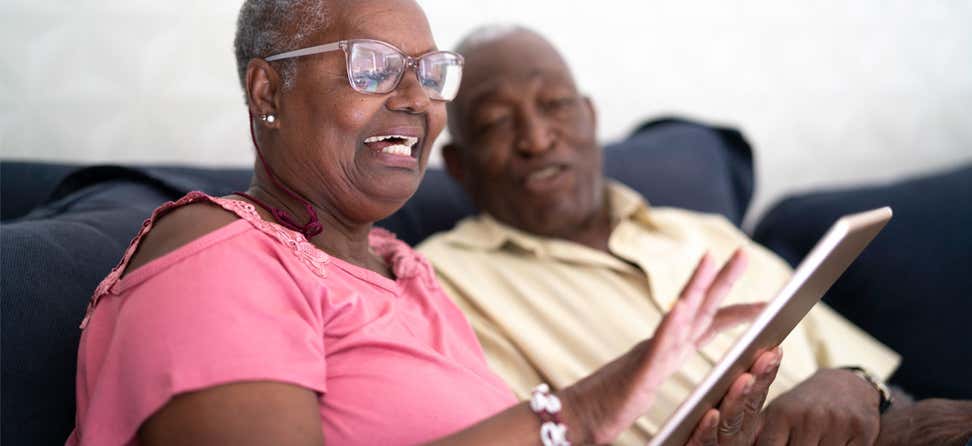Key Takeaways
Studies have shown that gratitude has a uniquely powerful relationship with health and well-being, both our own and of those around us.
Gratitude encourages us to focus on what is rather than what is not.
In NCOA’s Aging Mastery Program®, we’ve put gratitude and mindfulness front and center, and combined them as one of our six dimensions of aging well.
Gratitude is getting a lot of airplay these days ... and for good reason.
The upsides to expressing gratitude are many. Studies have shown that gratitude has a uniquely powerful relationship with health and well-being, both our own and of those around us.
When people have higher levels of gratitude, they tend to have lower levels of depression, better sleep quality, and stronger biomarkers, such as higher rates of good cholesterol. In addition, they are better able to handle stress and are more socially connected.
Gratitude encourages us to focus on what is rather than what is not, to think carefully about what we have and can be thankful for, rather than what we don’t have (and maybe do not even need). In this way, gratitude is closely associated with mindfulness. In NCOA's Aging Mastery Program®, we’ve put gratitude and mindfulness front and center, and combined them as one of our six dimensions of aging well.
When things are going well in our lives, it can be relatively easy to express gratitude. But what happens when things are not going so well? It’s at these moments when we need gratitude the most.
By practicing gratitude over time, we can learn to notice and appreciate not only the positives, but also develop better attitudes about the negatives ... the challenges, losses, and frustrations that we all face as we age. Adopting an attitude of gratitude means tackling the negative things and challenging ourselves to find ways to be grateful for them.
The best way to practice gratitude over time is to build it into your daily routine as a habit, much the same way that you make brushing your teeth a daily habit.
Here are some tips from Aging Mastery® participants on how they incorporate gratitude into their lives:
- “I ask myself every morning, ‘What am I grateful for today?’”
- “I send thank-you cards to old friends, family, and acquaintances. This weekend, I'll write thank-you cards to my health care providers to say ‘thanks’ for their care this year.”
- “I write down and then say out loud what I am grateful for.”
- “I keep a gratitude journal. I see so much more to be grateful for and I’m happier.”
As you can see, there is no one-size-fits-all approach, but practice does make perfect. The added benefit of practicing gratitude every day is that, over time, you can watch your good thoughts accumulate which can be a source of both inspiration and solace in your life.
Appreciating the world around us from the moment we wake up until the moment we go to sleep is a skill to be learned and incorporated into daily living. It is the starting point of aging both masterfully and gracefully.










